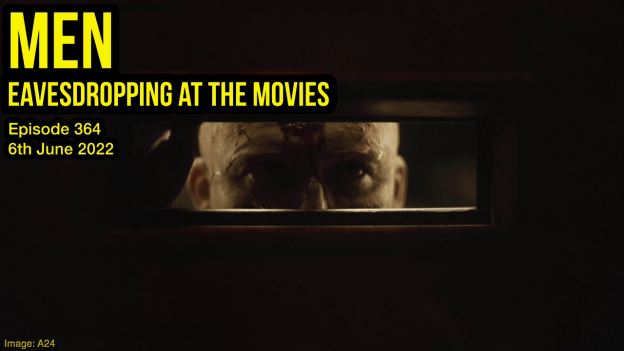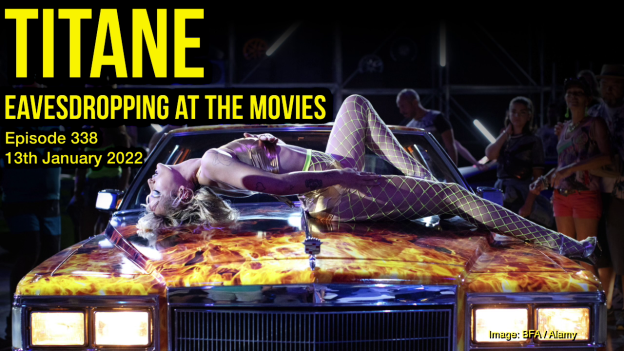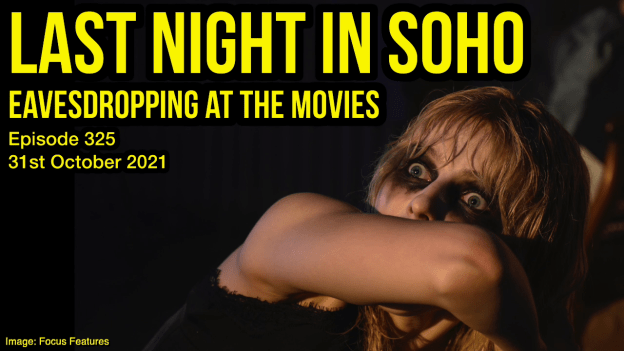Listen on the players above, Apple Podcasts, Audible, Google Podcasts, or Spotify.
Listen to our podcasts on the previous two films in the series, Jigsaw and Spiral.
Mike’s favourite horror series, which fizzled out in 2010 after seven annual instalments, has been resurrected in fits and starts over the past few years, and if future sequels can maintain the quality of storytelling of Saw X, we want to see more of them. José still doesn’t understand the appeal of the gore and torture, but accepts that it’s part of the landscape here; what neither of us expects is such an involving and interesting first act.
The serialised story that became so hard to follow during the 2000s is here eschewed in favour of a relatively self-contained episode of Jigsaw’s life – the convolutions that followed his death way back in Saw III are nowhere to be seen here. We’re in pure prequel mode, following him on a trip to Mexico to receive an experimental miracle cure for his terminal cancer, during which the film confidently takes time to build surprising and effective hope for him – everybody likes Jigsaw, the adorable little sadist, after all. The savage redemption that he sets out to offer later on is given weight by this stage-setting, and in the light of how ugly these films can be, it’s a rather refreshing and bold bit of storytelling.
We discuss the racial composition of the group of victims and the varying viciousness of the games they’re forced to play, and just how hard they are to beat – disproportionate gruesomeness is this series’ stock-in-trade, but is only three minutes to sacrifice a body part really fair? Mike praises the lighting, which proves images need not be hard to see to be dark. And we discuss the series’ history, the differences between Saw X and its predecessors, and single out Tobin Bell, the man holding everything together. He got lucky in 2004 to find that his almost background role would quickly make him an iconic cinematic villain; the filmmakers got lucky that the bit-part player they’d hired to lie on the floor for two hours turned out to have the ability and presence to lead a billion-dollar franchise.
Mike’s always thrilled to see a new Saw film, and the fact that this one’s good is merely icing on the cake – but most remarkably, José has found one he needs no nudging or persuasion to recommend!
With José Arroyo of First Impressions and Michael Glass of Writing About Film.









